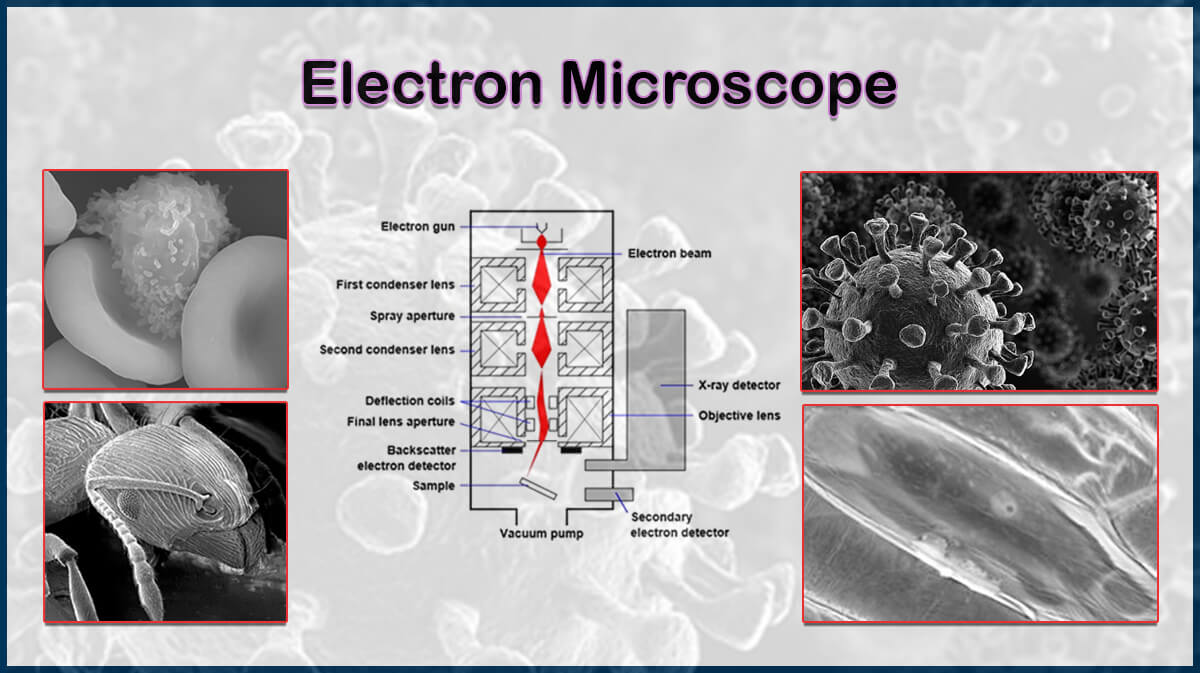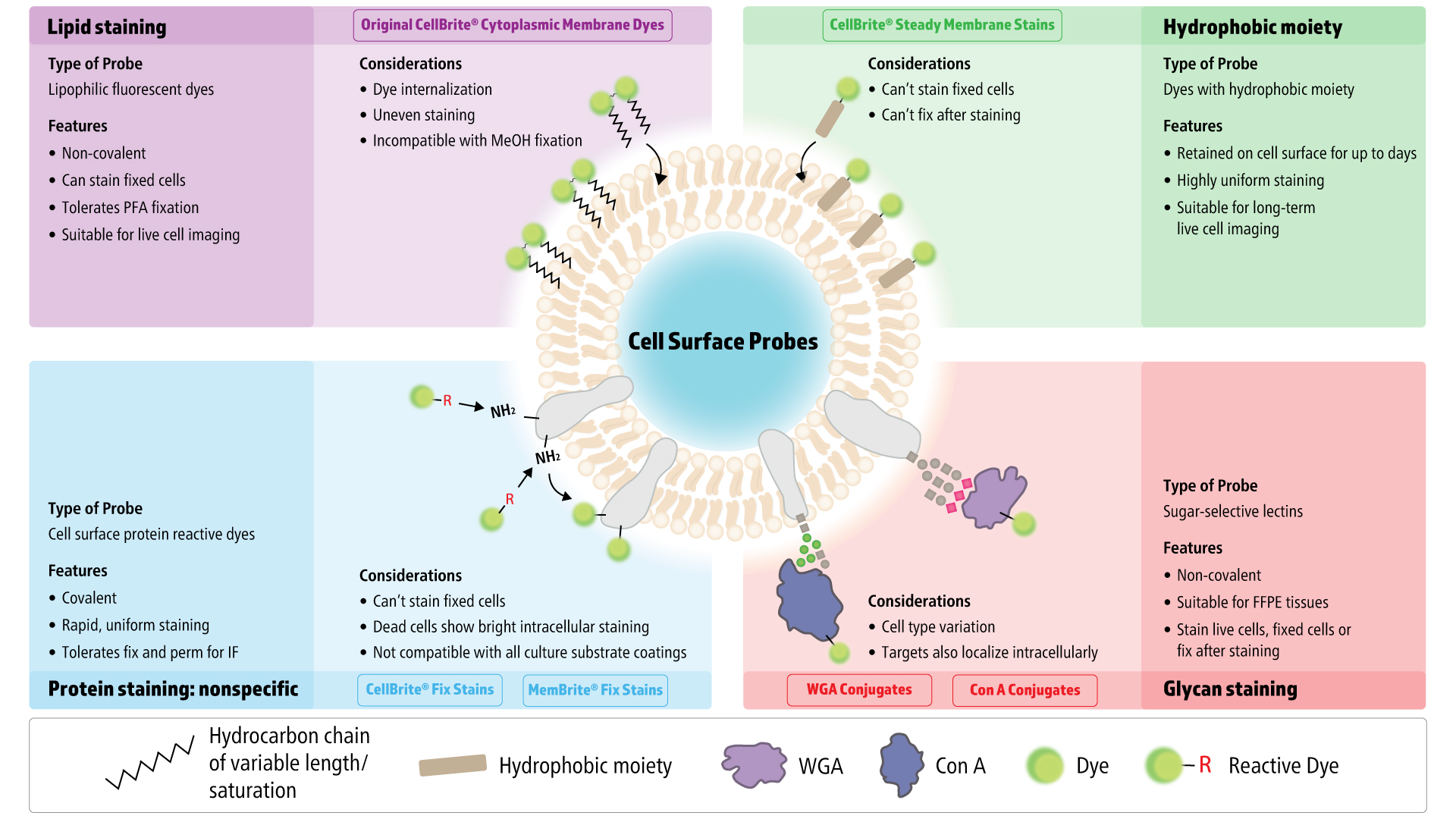4. Clear cells are stained a red or pink whereas the color of other cells remains unchanged. 15. Nigrosin staining-not safranin staining-of Klebsiella pneumoniae will allow for the visualization of the cell shape and the determination of the presence of a capsule. T/F.
Upright and Inverted Microscopy | Theory and Applications | ibidi
May 7, 2023Types of light microscopes (optical microscope) With the evolved field of Microbiology, the microscopes. used to view specimens are both simple and compound light microscopes, all using lenses. The difference is simple light microscopes use a single lens for magnification while compound lenses use two or more lenses for magnifications.

Source Image: vaccoat.com
Download Image
Jan 26, 2023Light Microscopes The most common type of microscope you’re likely to come across, these microscopes rely on lenses and light to illuminate a specimen for optimal image-gathering. They can be used for viewing living cells, insects, for performing dissections, or for clinical blood and tissue assessment. 2. Compound Microscopes

Source Image: vaccoat.com
Download Image
Light microscopes — Science Learning Hub
There are seven light microscopes types, including bright field, dark field, phase contrast, differential interference, and fluorescent microscopes. Here’s a breakdown of each light microscope type, how they differ from one another, and what light microscopes are used for. 1. Bright Field Microscopes

Source Image: microbehunter.com
Download Image
All Of The Following Are Types Of Light Microscopes Except
There are seven light microscopes types, including bright field, dark field, phase contrast, differential interference, and fluorescent microscopes. Here’s a breakdown of each light microscope type, how they differ from one another, and what light microscopes are used for. 1. Bright Field Microscopes
Describe the distinguishing features and typical uses for various types of light microscopes, electron microscopes, and scanning probe microscopes Many types of microscopes fall under the category of
Types of Light Microscopes | Microbehunter Microscopy
It increases the angle of refraction of the light. It increases numerical aperture and maintains a uniform light speed. You are shown a micrograph from a light microscope in which the specimens appear sharply focused and nearly three dimensional. The micrograph is probably from a ______ microscope. Dark field.
Membrane & Cell Surface Stains Comparison – Biotium

Source Image: biotium.com
Download Image
Light microscope | PPT
It increases the angle of refraction of the light. It increases numerical aperture and maintains a uniform light speed. You are shown a micrograph from a light microscope in which the specimens appear sharply focused and nearly three dimensional. The micrograph is probably from a ______ microscope. Dark field.

Source Image: slideshare.net
Download Image
Upright and Inverted Microscopy | Theory and Applications | ibidi
4. Clear cells are stained a red or pink whereas the color of other cells remains unchanged. 15. Nigrosin staining-not safranin staining-of Klebsiella pneumoniae will allow for the visualization of the cell shape and the determination of the presence of a capsule. T/F.

Source Image: ibidi.com
Download Image
Light microscopes — Science Learning Hub
Jan 26, 2023Light Microscopes The most common type of microscope you’re likely to come across, these microscopes rely on lenses and light to illuminate a specimen for optimal image-gathering. They can be used for viewing living cells, insects, for performing dissections, or for clinical blood and tissue assessment. 2. Compound Microscopes

Source Image: sciencelearn.org.nz
Download Image
Types of Microscopes | Definition & Difference – Video & Lesson Transcript | Study.com
Magnification is a measure of how much larger a microscope (or set of lenses within a microscope) causes an object to appear. For instance, the light microscopes typically used in high schools and colleges magnify up to about 400 times actual size. So, something that was 1 mm wide in real life would be 400 mm wide in the microscope image.

Source Image: study.com
Download Image
The History of the Microscope: An In-Depth Look – AmScope
There are seven light microscopes types, including bright field, dark field, phase contrast, differential interference, and fluorescent microscopes. Here’s a breakdown of each light microscope type, how they differ from one another, and what light microscopes are used for. 1. Bright Field Microscopes

Source Image: amscope.com
Download Image
Premium Vector | Color illustration of a monocular microscope lab equipment oneline drawing
Describe the distinguishing features and typical uses for various types of light microscopes, electron microscopes, and scanning probe microscopes Many types of microscopes fall under the category of

Source Image: freepik.com
Download Image
Light microscope | PPT
Premium Vector | Color illustration of a monocular microscope lab equipment oneline drawing
May 7, 2023Types of light microscopes (optical microscope) With the evolved field of Microbiology, the microscopes. used to view specimens are both simple and compound light microscopes, all using lenses. The difference is simple light microscopes use a single lens for magnification while compound lenses use two or more lenses for magnifications.
Light microscopes — Science Learning Hub The History of the Microscope: An In-Depth Look – AmScope
Magnification is a measure of how much larger a microscope (or set of lenses within a microscope) causes an object to appear. For instance, the light microscopes typically used in high schools and colleges magnify up to about 400 times actual size. So, something that was 1 mm wide in real life would be 400 mm wide in the microscope image.